Landing Page Optimization is equally important as any conversion rate optimization strategy. We have compiled the 8 best tips for your low-performing landing pages.
A website’s landing page is the cornerstone upon which the success of your every other marketing strategy and your business operations stand. Given that, the market average for landing page conversion is barely 9.7%. But does that mean you cannot exceed that limit? Absolutely not. There is a small section of top-tier businesses that report a conversion rate of over 70%, based just on their landing page. And this may just be the sharp edge you need over your competitors.
However, given these numbers, more than 75% of the businesses fail to create a prominent landing page other than their homepage.
Also Read: Website Monetisation for Publishers: Techniques for 2023
Topics Covered:
- Why Do You Need to Create a Proper Landing Page
- Benefits of Having a Successful Landing Page
- 8 Tips and Strategies for Creating an Optimized Landing Page
- Create a Compelling Headline
- Convince with Lesser Words and Elements
- Keeping the Essentials Above the Fold
- Creating Trust
- Create Several Landing Pages for Your Segmented Audience
- Working the FOMO
- Drawing Attention with Colors
- Don’t Steer Away from Your PPC Ads
You could always put your money into multiple advertising campaigns and not worry about this one little thing. So, is it necessary for you to work on your landing page? Yes, and
Here’s Why
Say you have exciting offers and multiple awareness campaigns which draw in large traffic. The first thing they’d see would be the landing page, and it may be the deciding factor to the lead conversion is successful. Thus, a poor-functioning landing page may be disastrous for your business. And despite putting your money into extravagant advertising campaigns, it can make a difference for your business by making little changes to your landing page.
That is, even having a page that is quickly loading within 0-2 seconds will offer a greater number of lead conversions than others, or say, you address your clientele’s fears at first glance.
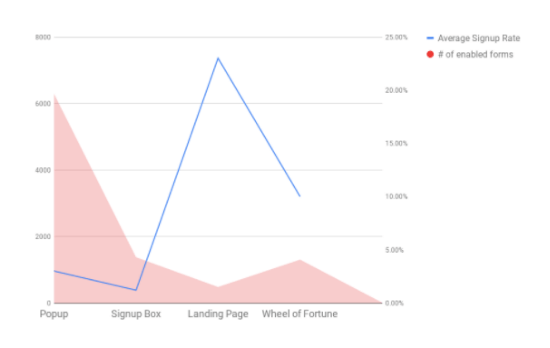
Source: bloggingwizard.com
Benefits of Having a Successful Landing Page
While having a successful lead conversion rate is reason enough to create a prominent landing page. There are plenty of other benefits this action can offer you. Here’s a list of it.
- Raise your marketing ROI.
- Creating different landing pages for your audience can help you study and assess their interests, in turn helping you better your advertising campaigns.
- Create a remarkable first impression of your brand.
- It can increase not only conversions but also gather a crowd of potential conversions by, say, increasing your number of newsletter subscribers.
- Promote your brand and products even further.
- Offer great SEO opportunities.
Thus, there are plenty of sides and advantages to having a good landing page. So, let’s now dive into the strategies that can help you create your very own landing pages.
Also Check: Conversion Rate Optimisation: Know How to Get Started
# Strategy 1: Create a Compelling Headline
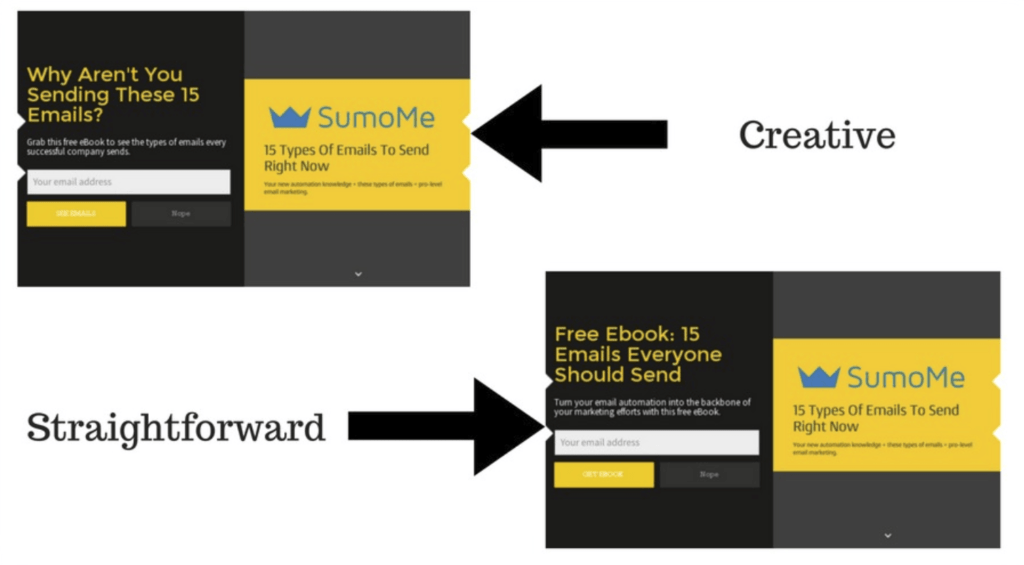
There’s a very small time frame between when your audience opens your landing page, to when they abandon their process, increasing your bounce rates. So, you have to present your case within seconds of their arrival. This needs you to create a bold and compelling headline that is bound to intrigue your audience.
You can also convey positive emotions by embedding a few words into your content for the page, with say words like ‘empower,’ ‘trust,’ ‘faith,’ ‘guaranteed,’ and so on.
However, this doesn’t mean you place them randomly.
Create a coherent headline by giving more context to your offers. Craft a headline that tells your audience why it is a good idea for them to invest in your brand.
#Step 2: Convince with Lesser Words and Elements
Since this is all a game of time, you cannot overstuff your landing page. Create a visual appeal with a few elements. Write lesser but stronger sentences and phrases. You always have to assume that your clientele has a short attention span, and you have to appeal to their fluttering interest with fewer words and create a compelling statement as to why they should be here and how they might be benefitted.
If you look into the top-tier successful landing pages, you’d always see how less congested and visually satisfying they are. Keep the format clean, simple, and charming.
#Step 3: Keeping the Essentials Above the Fold
The landing page needs to be clean, appealing, and easy to navigate. Say some people are already somewhat convinced to invest in your brand, but you leave them wondering and searching for the CTA or the link to the form page. They’d abandon their search. Thus, you must keep the necessary elements above the fold just as newspapers offer important news right at the front to tweak their audience’s interest.
That’s what you apply here. Use a few sentences, keep your headline and CTA, or the link to the form above the fold. So that your audience doesn’t need to scroll, you can also create a moveable CTA or form link, which moves with the audience scrolling below, thus always being within their eyesight.
#Strategy 4: Creating Trust
Successful landing pages make heavy use of trust signals, which can let visitors know that their brand offers are reliable. Testimonials are a traditional sort of trust signal, leveraging word-of-mouth to comfort visitors with recommendations from previous clients or customers. But it can work wonders for creating audience trust and loyalty.
Trust signals can take a variety of various forms.
Even using unofficial or unapproved buttons can help establish credibility for your service. Trust badges are another successful tactic used by landing sites that work. Trust badges frequently refer to the logos of well-known companies you have previously collaborated with, particular endorsements and accolades you have won, associations and coalitions you are a part of, and so on.
Also Read: Which Ad Revenue Metrics should Publishers track?
#Strategy 5: Create Several Landing Pages for Your Segmented Audience
We are well aware of how personalization is a key metric in today’s successful advertising and connecting to the audience. Similarly, this can apply to your landing pages as well. This means, what appeals to me, may not appeal to another. The audience insight or data you use to connect with your audience, use the same to create different landing pages for different segments of the audience, selling them a variety of interests.
You can do this by creating different landing pages, say for your social media sites, for your PPC ads, and so on, and A/B test what works better so that you can apply your assessment to further PR campaigns.
#Strategy 6: Working the FOMO

Say you’re browsing through a clothing store brand, and your wishlist is a few. But now you come around to a product that suggests buying quickly by using phrases like “limited offer” or “only 2 left”. Now, if you like the product, you’d want to buy it and then miss out on the deal.
Similarly, you can use these to create scarcity on the offer so that your audience feels compelled to take up the offer then, lest they end up procrastinating the process and even abandoning it completely at times.
#Strategy 7: Drawing Attention with Colors
As established ahead, you need to create an attractive visual appeal so that your audience is left immediately impressed and intrigued. Using contrasting colors can help. Say you have a white or black background, you can use your CTA, form, and other buttons to stand out by using a bright red or any other contrasting color to draw attention to it.
If you want to create a trusting and inviting feeling, you can work with colors like blue and yellow. Similarly, assess what colors speak your message and work it accordingly.
#Strategy 8: Don’t Steer Away from Your PPC Ads
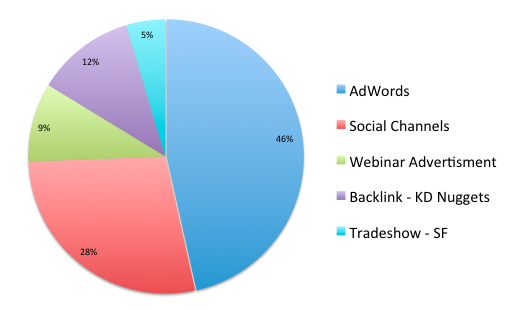
The landing page for your PPC ads should use similar assuring words and phrases that your words use. Not the same but similar. Productive landing pages make it a point to align the page copy’s words with the PPC advertisements’ language and keywords.
Consistency and assurance are necessary so that visitors know that they are on the correct track and are provided so by using the same language and essential terms again. Additionally, it’s crucial to direct consumers to the content they need. You want to direct users to their precise preferred location if they click a PPC ad for sleeping bags. Don’t put them in the camping area. The best way to increase conversions is to match the user’s needs precisely.
What’s Next?
Simply applying the discussed strategies will not work out for you. A/B tests everything, every color change, every phrase, and so on. Know what’s working best for you and only work them into your final result. Use analytics tools, heat maps, and more to evaluate the success rate of your landing pages.
Assess where your user is losing interest and so on. And if you can successfully create effective landing pages. Voila! You’d end up with a larger and more loyal clientele.
Remember, creating effective landing pages is a key tactic to lead conversion, and before you spend a large portion of your budget on other lead conversion strategies, work on this. Because compared to most other strategies, landing page conversion rates are much higher.
FAQ
While many make the mistake of turning clients from links directly to the home page, a landing page does not necessarily mean it has to be the homepage of the website. If an individual click on a certain link of an offer or a specific ad, they’d be confused about landing on the home page and may abandon their search. So, you must create several relevant landing pages to make your potential clientele’s work easier and more direct.
Any establishment that promotes or sells products, and needs to advertise, needs to create effective landing pages to refine the process.
Although the rate may vary from industry to industry, effective landing pages can increase the chance of lead conversions significantly. And the more landing pages you create, the better your chances become.

Shubham is a digital marketer with rich experience working in the advertisement technology industry. He has vast experience in the programmatic industry, driving business strategy and scaling functions including but not limited to growth and marketing, Operations, process optimization, and Sales.
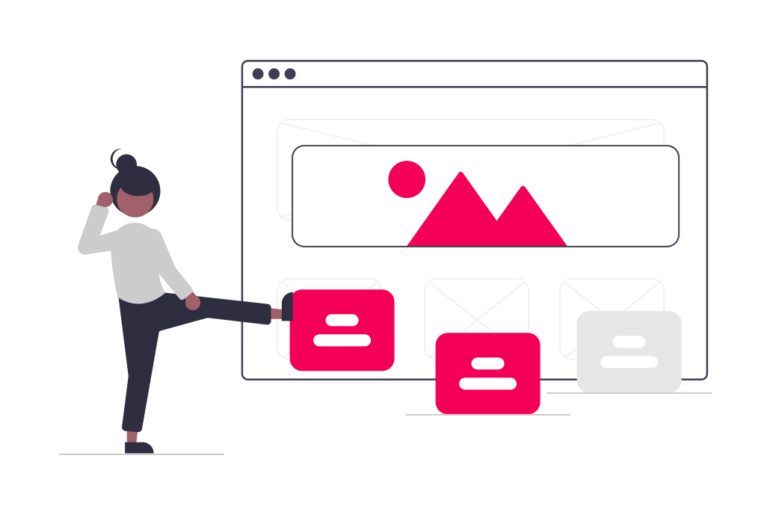

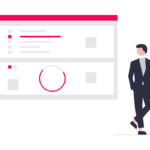

![CTV vs OTT Advertising: Which one is Right Pick for Publishers? + [6 Bonus Strategies] Ott vs Ctv](png/featured-image-270x180.png)


